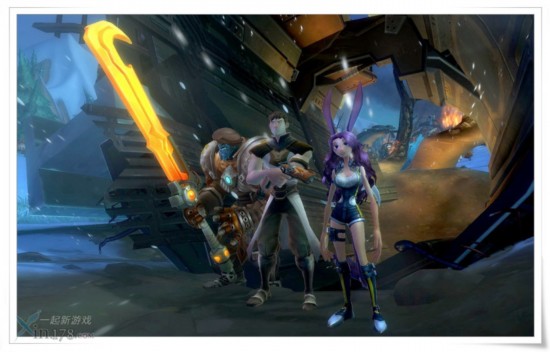Elder Scrolls Online setting
Let me begin by stating that there are some differences between the single-player Elder Scroll games and that of the mmo game. There are classes in the online game, which disappoints me a little but it seems that the system is still pretty flexible so you can fine-tune your character so he’s not rigidly locked into the standard trinity of tank-healer-dps.
Now as to the reasons why we should be looking forward to Elder Scrolls Online. First, the character customization is extremely detailed. There are nine different races to choose from and then you’re on to your appearance. Players will have multiple sliders so they can adjust everything from arm length to chest size and even the slope of your forehead.

Another thing I’m looking forward to in Elder Scrolls Online is just playing on the continent of Tamriel. The setting and lore of this realm has been extensively detailed through the years and feels both lived in and alive. The books that you could read in earlier games are being brought over to the mmo. Players will definitely need to keep an eye out for them because many books give bonuses to skills when read. Locked chests are also found in the game and players will have the choice to pick the lock (similar to the mini-game players will be familiar with) or forcing the chest open.
Elder Scrolls Online combat
My last, and biggest, reason for looking forward to Elder Scrolls Online is how quests are handled. There aren’t any quest hubs where players grab quests, run out to do them, return to the hub, and then endlessly repeat. Players get rewarded for exploring the world (which I love to do) as they will come across npcs or events that will grant them quests, which can reveal new areas of the world for the player to venture into.
All in all, Elder Scrolls Online has a lot of features that gets me pumped waiting to get my hands on it. A close approximation of the combat style from the earlier games mixed in with an uncluttered UI, along with a richly detailed world where players get rewarded for exploring, makes ESO a must-try. One final nugget of goodness is that there are plenty of items lying around the world that you can loot. I intend on stealing everything that isn’t nailed down like I normally do in an Elder Scrolls game. Sweet, sweet looting.






